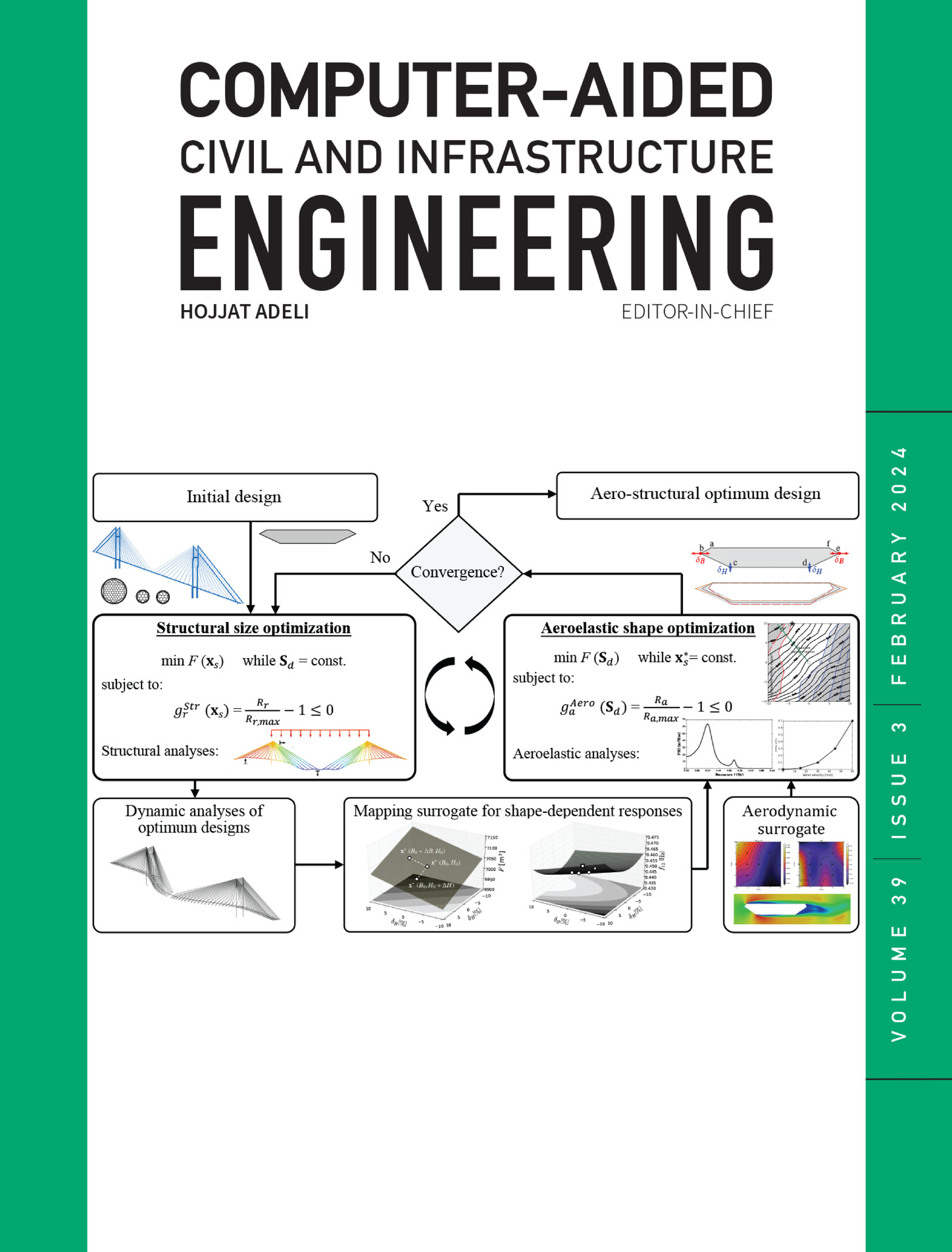A crack detection method based on structure perception for drop brackets and swivel clevises in catenary system
IF 8.5
1区 工程技术
Q1 COMPUTER SCIENCE, INTERDISCIPLINARY APPLICATIONS
引用次数: 0
Abstract
Drop brackets (DB) and swivel clevises (SC) are critical components of railway catenary systems, playing a key role in maintaining cantilever stability. The condition of these components significantly impacts the safe operation of the catenary, necessitating periodic inspections to detect defects. This task is typically performed by onboard cameras using computer vision. However, traditional image processing methods often focus on shallow features, making it difficult to handle the interference from complex structures of components. While deep learning methods have strong capabilities in capturing semantic features, the lack of crack samples makes reliable crack identification challenging. Therefore, a joint approach for crack detection based on structural perception is proposed. The approach integrates three main components: object structure perception, stick structure perception, and crack defect detection. A multistream catenary components segmentation network (MCSnet) is employed to extract structural features of the DB and SC. Subsequently, an adaptive stick perception method (ASPM) is applied to identify potential crack candidates based on stick structure. The combined structural features enable effective detection of crack defects. Experimental results validate the effectiveness of the proposed approach.求助全文
约1分钟内获得全文
求助全文
来源期刊
CiteScore
17.60
自引率
19.80%
发文量
146
审稿时长
1 months
期刊介绍:
Computer-Aided Civil and Infrastructure Engineering stands as a scholarly, peer-reviewed archival journal, serving as a vital link between advancements in computer technology and civil and infrastructure engineering. The journal serves as a distinctive platform for the publication of original articles, spotlighting novel computational techniques and inventive applications of computers. Specifically, it concentrates on recent progress in computer and information technologies, fostering the development and application of emerging computing paradigms.
Encompassing a broad scope, the journal addresses bridge, construction, environmental, highway, geotechnical, structural, transportation, and water resources engineering. It extends its reach to the management of infrastructure systems, covering domains such as highways, bridges, pavements, airports, and utilities. The journal delves into areas like artificial intelligence, cognitive modeling, concurrent engineering, database management, distributed computing, evolutionary computing, fuzzy logic, genetic algorithms, geometric modeling, internet-based technologies, knowledge discovery and engineering, machine learning, mobile computing, multimedia technologies, networking, neural network computing, optimization and search, parallel processing, robotics, smart structures, software engineering, virtual reality, and visualization techniques.

 求助内容:
求助内容: 应助结果提醒方式:
应助结果提醒方式:


